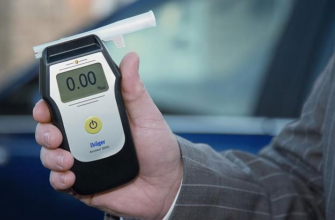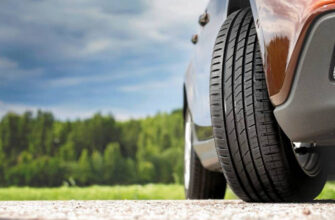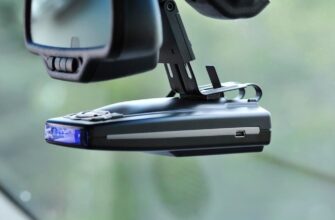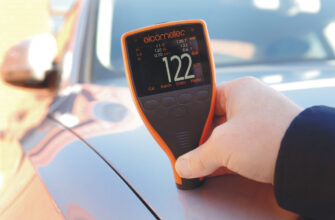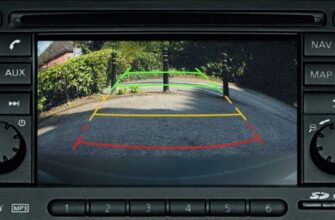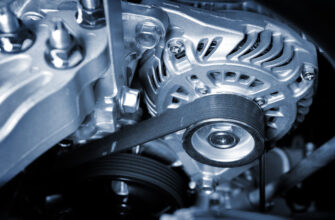The safety of the car and its stability on the road in the winter period of time are directly related to the quality of the tires installed on it. The ability to get out of a skid in time and prevent it, accelerate on a slippery icy road and quickly reduce speed, stability and stability – all these factors directly depend on how well the tires installed on the car correspond to the operating conditions. In order to feel confident on the winter road, special attention should be paid to their choice.
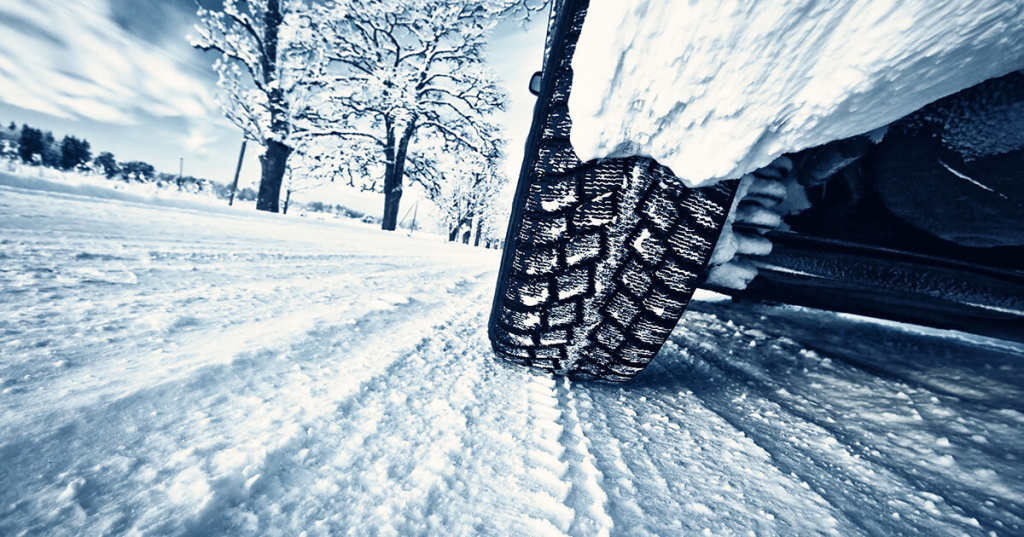
!
Read also – the secrets of choosing summer tires for your car.
- The best winter tire manufacturers
- Types of winter tires. Which one to prefer?
- Rubber – 'Velcro'
- disadvantages
- Studded winter tires
- disadvantages
- The main criteria for choosing winter tires
- Tire size
- Tread pattern
- date of manufacture
- Features of the choice of studded rubber
- Features of the choice of rubber Velcro
The best winter tire manufacturers
It's no secret that the functionality of both summer and winter wheels directly depends on the production technology and compliance with all quality standards. It is for this reason that you should choose the products of proven manufacturers with a worldwide reputation:
-
Michelin
-
Hankook
-
Amtel
-
Goodyear
-
Dunlop
Recently, the quality of domestic manufacturers has grown very seriously, as evidenced by numerous reviews of buyers using tires for several seasons. Russian “Kama” and “Matador” and Belarusian “Belshina” represent a very good budget option that perfectly copes with the functions assigned to it.
Types of winter tires. Which one to prefer?
Winter tires differ from their summer counterparts not in the tread pattern or even in its height. The key difference lies in the chemical composition of the material itself. Every car enthusiast knows that summer tires lose their properties even at temperatures of +7 and below, and, on the contrary, during summer operation, classic winter tires quickly deteriorate. In simple terms, winter tires are much softer and more grippy than their summer counterparts. It is designed in such a way that the wheels do not lose their plasticity even at subzero temperatures, when ordinary summer tires turn into 'stone' and cease to fulfill their duties.
Winter tires differ from summer ones and their appearance. The tread of such models is almost always higher and has a directional pattern that better cuts through snow and water. Winter tires are marked with a snowflake pattern in a triangle or with the letters M + S (Mud + Snow, mud and snow).
Depending on the functional characteristics, winter tires are divided into two main types.
Rubber – 'Velcro'
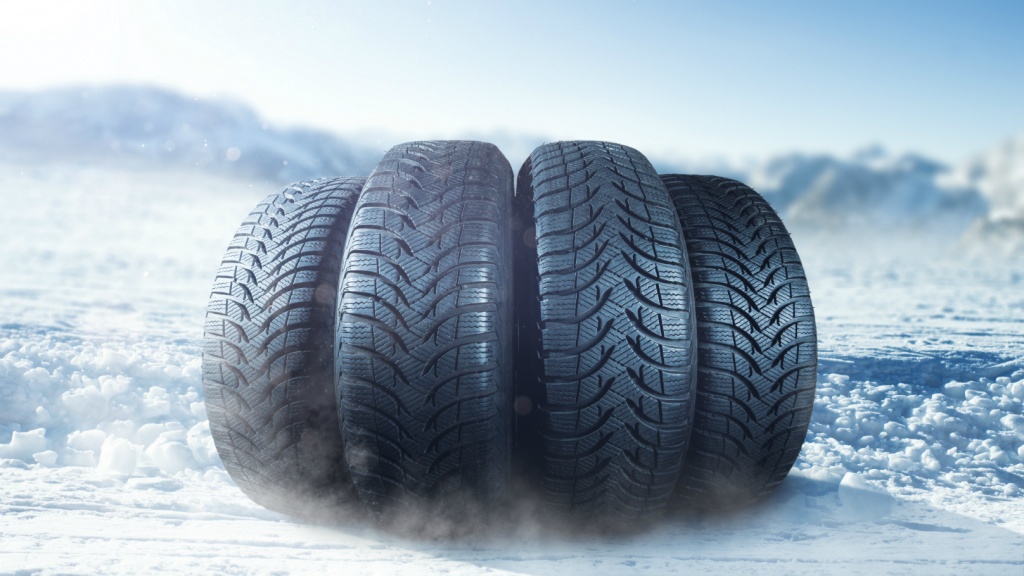
Classic winter tires in the traditional sense. It has a directional tread pattern, deep grooves that are not clogged with snow, pronounced sipes, contributing to effective braking on any type of surface. 'Velcro' is divided into two main types:
-
Eurozima, which is often confused with all-season tires. Soft and flexible rubber, suitable for operation in freezing temperatures and mild frost. It has developed drainage grooves, the main purpose is to use on wet and muddy roads from sand and reagents. Marked with letters M + S;
-
Scandinavian winter tires designed for use in harsh conditions – severe frost, a lot of snow, icy coating. Has a small tread width and a pattern that prevents clogging with snow. Soft, good grip tires, providing stability on snowy and unclean roads;
Advantages
-
Soft;
-
Resistant to salt, reagents and high humidity;
-
A large number of different models for any type of wheels;
-
Excellent braking performance;
-
Provides good grip on snow and wet roads;
disadvantages
-
Not able to effectively brake on ice and icy road;
-
They make a lot of noise on dry asphalt;
Studded winter tires
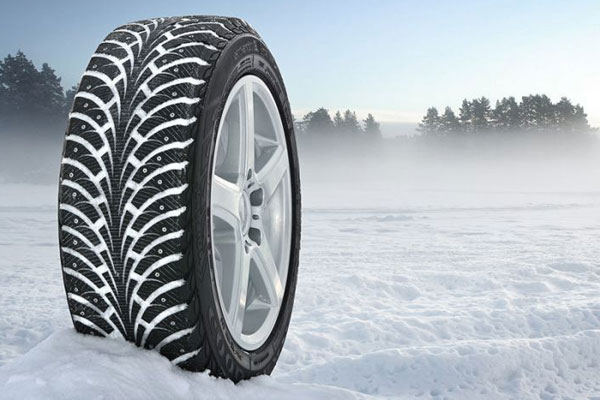
The appearance of these tires is similar to 'Velcro', the difference lies in the large number of metal studs, strewn on the surface of the tread. During braking, they bite into the ice, ensuring its effectiveness. Studded rubber is used exclusively on icy and snowy roads, it should be preferred by residents of those regions where road cleaning is not given enough attention. The use of studded tires on clean asphalt threatens its quick failure – the studs crumble very quickly, which is why such rubber turns into velcro, and not with the best characteristics.
Advantages
-
Effective braking on ice and snowy roads;
-
Suitable for residents of northern regions and those places where the roads prefer not to be cleaned;
disadvantages
-
High noise level;
-
Poorly suited for use on clean asphalt;
The main criteria for choosing winter tires
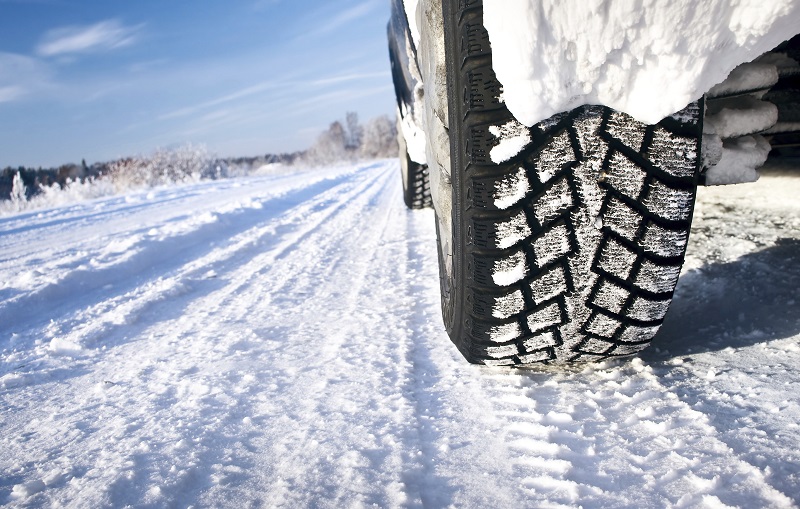
There are a great many characteristics that directly affect the performance of the wheels.
Tire size
It will not work to put the first winter tires on the car. It is necessary to take into account the recommendations of the car manufacturer regarding the technical features of the wheels suitable for use. Otherwise, the car will 'eat' rubber – and this is only the lesser of evils. It is necessary to pay attention to:
-
Wheel diameter. It is selected for the specific size of your car's wheels Measured in inches;
-
Rubber width. Measured in millimeters, the choice should be given to the models recommended for use by the car manufacturer;
-
Tire height is measured as a percentage of the wheel width and is indicated on the side of the tire. For example, the inscription 225 \ 45 \ R17 says that the tire diameter is 17 inches, the width is 225 millimeters, and its height is 45% of the width;
Air chamber design type
-
Depending on this parameter, all tires are divided into three categories:
-
Chamber tires. Models known since the times of the USSR. The tire here is only an outer shell, inside which a thin-walled air chamber is located;
-
Tubeless tires. Modern models, tightly fixed thanks to their design on the disc;
RunFlat tires. A special case of tubeless tires, not afraid of punctures. Thanks to the reinforced lateral cord, they can move up to 50-60 kilometers at a speed of no more than 70 kilometers per hour, even on a punctured wheel. It will hardly be possible to move freely on an empty tire, but you can easily reach the nearest tire fitting.
Tread pattern
-
The symmetrical tread pattern is good when operating on snowy surfaces, and proved to be quite good on clean ice. It is successfully used for everyday urban use in countries with cold winters;
-
The directional pattern has a pronounced taper in the direction of travel, as well as the inscription 'Rotation' indicating the direction of rotation of the tire. It is considered one of the best options for use in wet weather, as well as on difficult surfaces, when there is dirt, sleet and slush on the asphalt.
-
The asymmetrical pattern shows excellent results in normal urban use where roads are cleaned. Has a diverse pattern, the left side of which is different from the right. Asymmetric tires are labeled with 'inside' and 'outside', indicating the inside and outside of the tire, respectively.
date of manufacture
Like any other material, rubber is prone to aging. If stored improperly, it cakes and becomes covered with numerous microcracks and other artifacts. Even if the tire is new and has not been used before, it is very dangerous to use it – no one knows how such a wheel will behave in an extreme situation. It is for this reason that the choice should be given exclusively to 'fresh' wheels, since the release of which no more than 1-2 years have passed. It is for this reason that in many European countries 'old' 3-4 year old tires are 40-50% cheaper than their more recent counterparts.
Determining the date of production of rubber is easy – you just need to find an oval-shaped marking with an engraved four numbers inside. For example, the numbers 1112 will indicate that a particular tire was manufactured in November 2012 and is very outdated at the moment.
Features of the choice of studded rubber
Studded tires show themselves in the best way on clean ice, ice covered with snow and covered with snow, as well as on rolled snow roads, on which, when braking, the studs literally bite into the surface.
-
The geometric parameters of a particular wheel should be selected based on the design and dimensions of the disks on which the installation will be carried out, and also taking into account the recommendations of the car manufacturer;
-
The age of the wheels must be no more than 2-3 years from the date of its manufacture;
-
Design – classic tubeless or RunFlat tires;
-
The protector must be symmetrical or directional;
!
It should be remembered that the use of such rubber on clean and dry asphalt is fraught with an early loss of studs, as a result of which such wheels turn into the most common 'Velcro', and far from ideal quality.
Features of the choice of rubber Velcro
Velcro is the exact opposite of 'spike'. Shows the best results on dry surfaces, as well as on wet and dirty surfaces. Recommended for use at near-zero temperatures.
-
The geometric parameters of rubber are selected based on the technical features of specific wheels and the recommendations of the vehicle manufacturer;
-
The rubber must be 'fresh', the release date must not be older than 2-3 years;
-
The type of tread is selected individually. The symmetrical tread is widely used on snowy roads, the asymmetric tread is ideal for clean asphalt. The directional drawing cuts through the mud and snow porridge well;
-
Manufacturing technology – tubeless or RunFlat;
Attention! This material is the subjective opinion of the authors of the project and is not a purchase guide.


